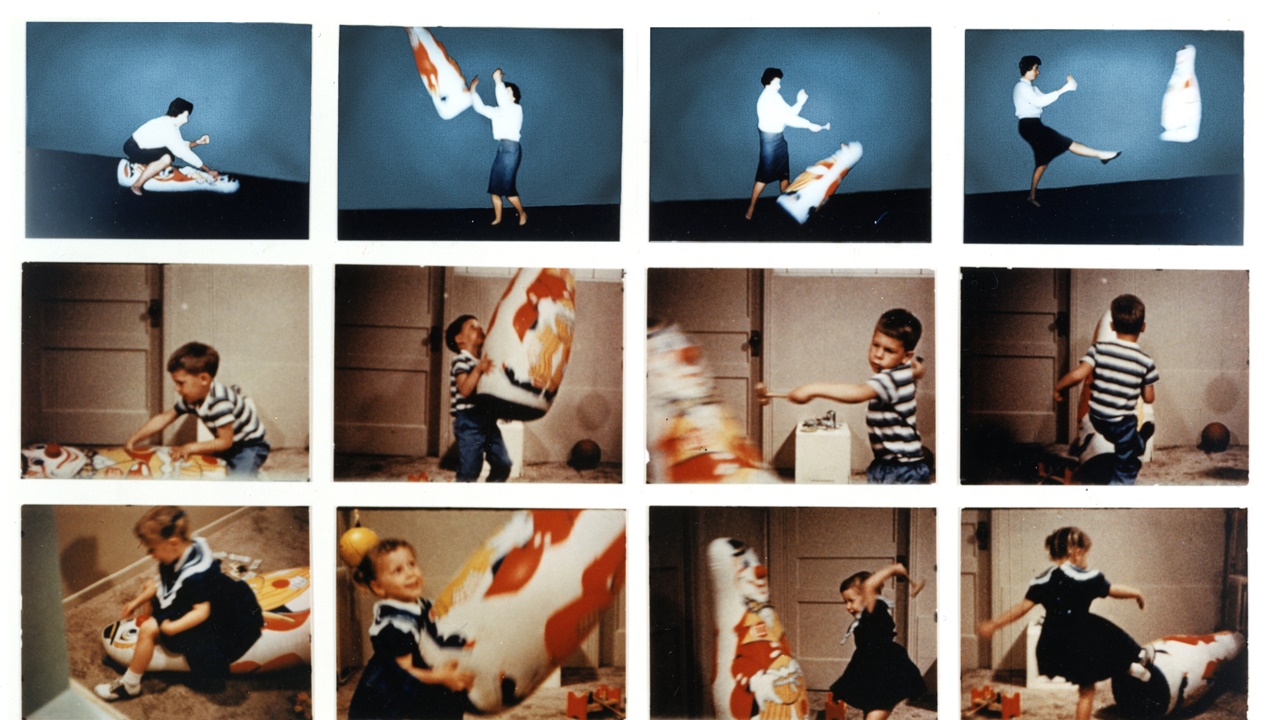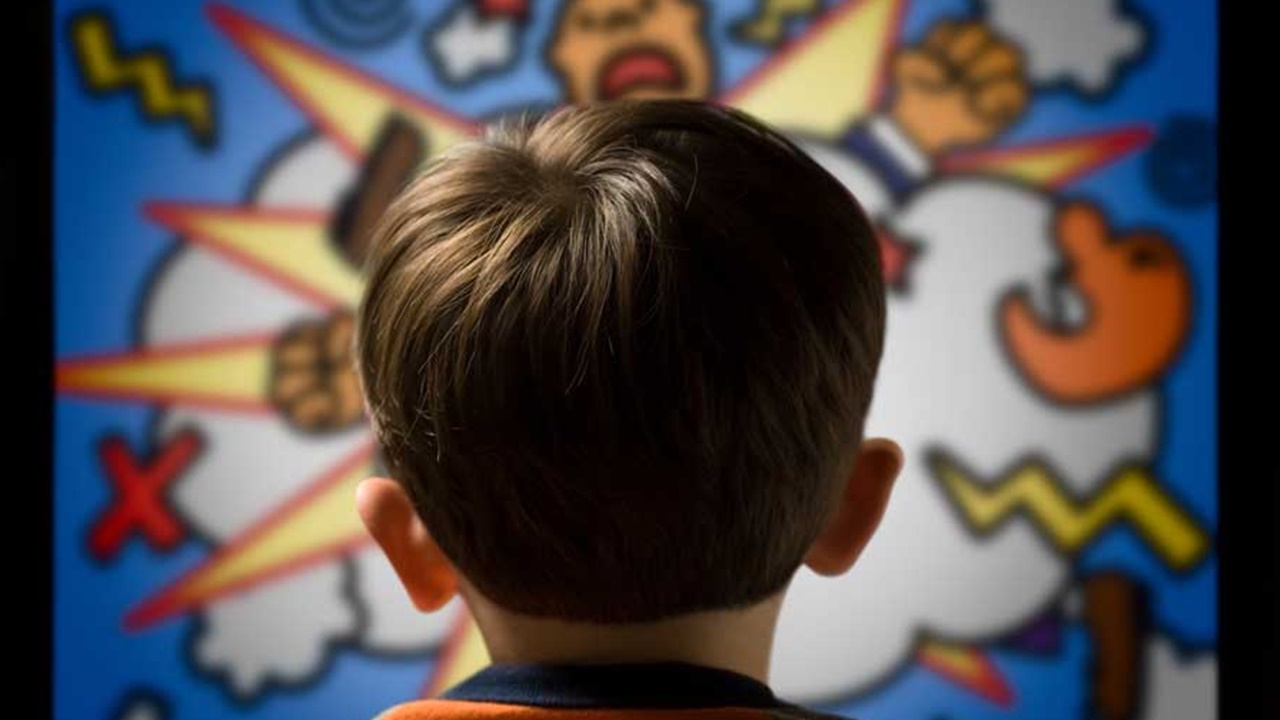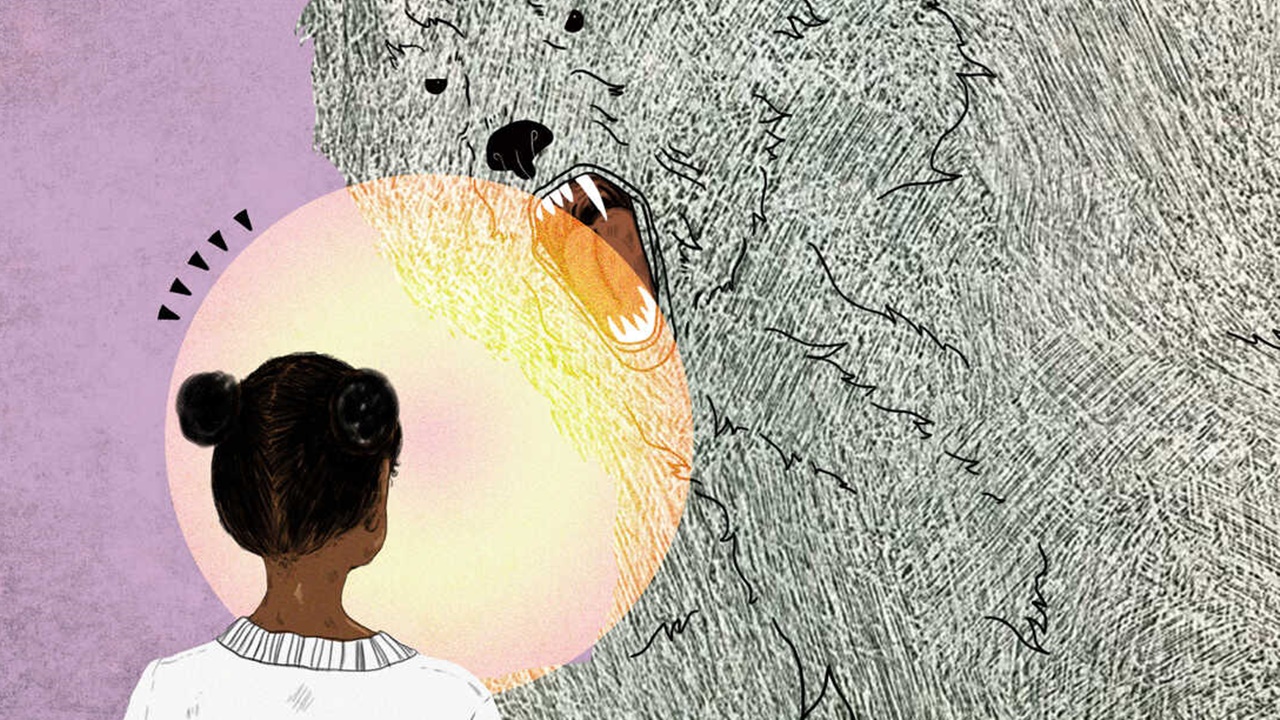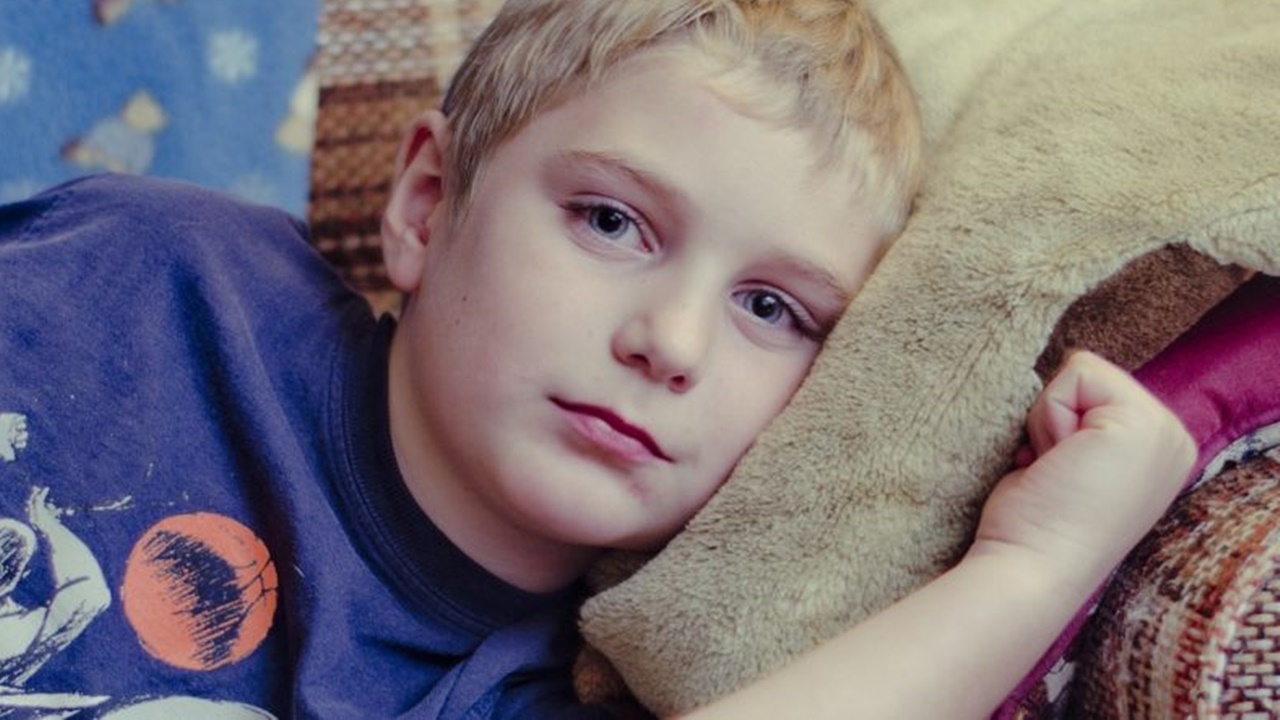The Bobo Baby Experiment, led by psychologist Albert Bandura, tested whether people learned how to behave socially. Let’s take a look at this experiment, the result of which is quite surprising.
Bandura, aggressive behavior by observing others and by imitating He wondered if he could win. For this, he conducted an experimental study on children in 1961 with researchers at Stanford University.
According to this experiment, children their behavior By observing them, they learned violent behavior from them and practiced them themselves. So what were the other details discovered by this interesting experiment?
In fact, the experiment was only done with 1 meter inflatable dolls.
Researchers inflicted physical and verbal violence on dolls painted like clowns, called Bobo Babies, in front of the children. Participants in the study were 36 girls and 36 boys, ages 3 to 6, attending Stanford’s kindergarten. The researchers divided the children into three equal groups; One group of 24 people observed aggressive adult behaviors and the other group of 24 non-aggressive while observing adult behaviors, the last group, numbering 24, did not observe any behavior.

Albert Bandura
These three groups were then further divided into six subgroups according to their gender. Half of these groups followed the behavior patterns displayed by people of the same sex, and half followed the behavior patterns displayed by the opposite sex. An aggressive role model, first female, was shown to 6 girls and 6 boys in the first group. In the other group consisting of 6 boys and 6 girls, boys an aggressive role model was shown.
The findings in the first phase of the experiment were quite interesting.

Real pictures taken during the experiment
The children were seated individually at a table in the experiment room. Then the researchers left a mallet, table, chair, various toys and Bobo Dolls, which they had previously abused, in front of them. Then the experts gave the children these materials. that they can play told. Children, by their nature, immediately got up to play, but this was not a simple game they always played.
Children in the group observing the violent behavior pattern gave Bobo Baby both physical and verbal showed an aggressive attitude. The children were hitting the doll with hammers and throwing it here and there.
Likewise, researchers also verbally to violence they were encouraging. In fact, the reason they did this was to understand whether the children adopted the aggressive attitudes that they had exhibited in the first place. The only thing that caught the attention of those in the non-aggressive behavior group was the toys next to the baby, so they didn’t care. After observing the children like this for 10 minutes, the researchers took them outside. What happens after this stage is quite surprising.
Then the children were taken to separate rooms with different toys. Guess what happened then?

The children started playing with the toys, and then one of the researchers went into each room and told the children not to play with the toys. Psychologists said those toys were one of their favourites, and they left them there for another child to play with. In fact, we can say that this attitude of psychologists was to see whether the impulse of aggression would occur in children. Then again, the experts took the children to another room, this time with tea sets, plush teddy bears, crayons and animal figures. positive connotation left toys.
There was also a mallet, toy gun, and punched wood in the room. Of course, the Bobo Babies too. There was also a one-sided mirror inside the room so the researchers could see the children. Children’s behavior was observed for 20 minutes, and according to the result, children exposed to aggressive behavior patterns compared to those in the other group. more showed aggression. In fact, this was a hypothesis that psychologists had been waiting to confirm from the very beginning. So it wasn’t that surprising, it was something else that was surprising.
The interesting detail: Girls watching violent behavior; The reason was that they applied physical violence to the male infant more and verbal violence to the female infant more.

In fact, the results of the study were similar for both sexes, but boys imitated physical violence more often than girls. In fact, it was concluded that men internalize what male role models do more. Another remarkable detail is that both girls and boys are more concerned about physical aggression. male role models was an example.
In terms of verbal aggression, each gender tended to imitate the attitudes of their fellows more. In fact, the striking situation here is that a general acceptance that physical violence is unique to masculinity is learned and internalized at an early age. Therefore, in both sexes, males show physical violence He was not inclined to question. Therefore, we can say that both girls and boys could easily imitate this example.

We can say that the results of this study support Bandura’s Social Learning Theory, which argues that behaviors can be learned socially by observing others. So what do you think violence really is? socially Is it a learned condition or can it be influenced by genetic factors? You can share your thoughts with us in the comments.
RELATED NEWS
